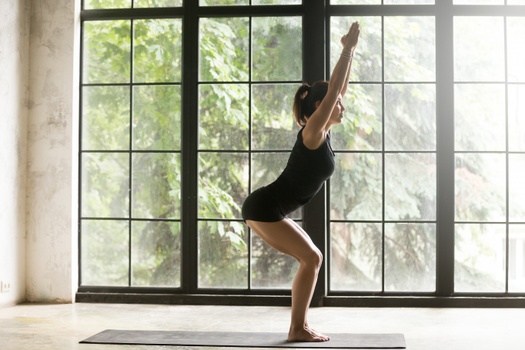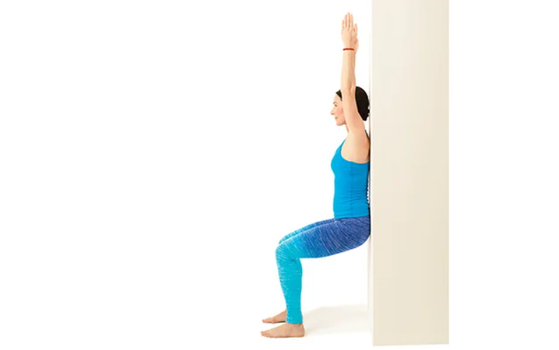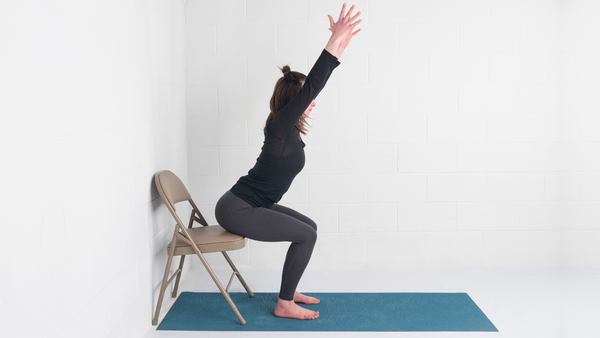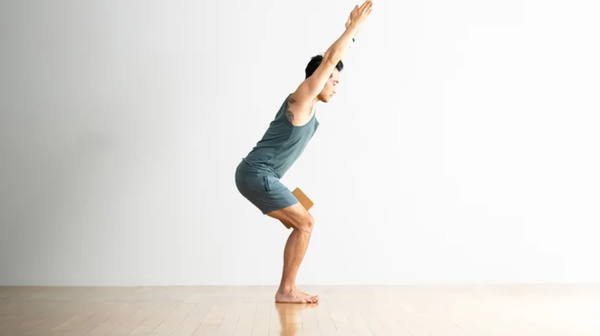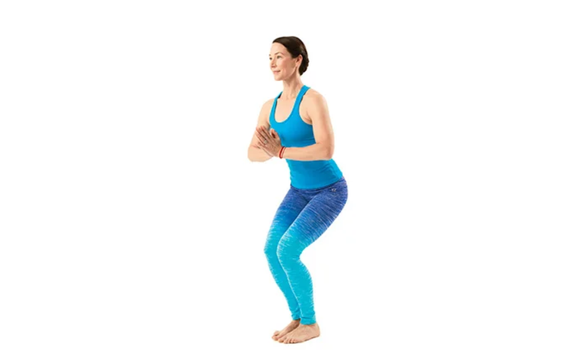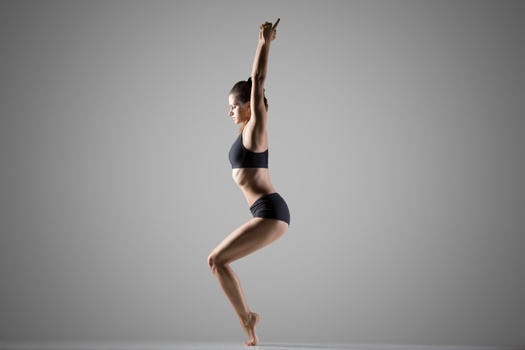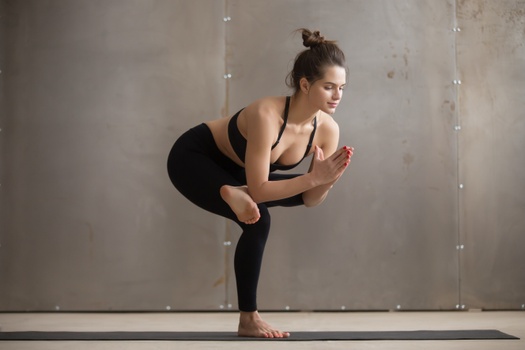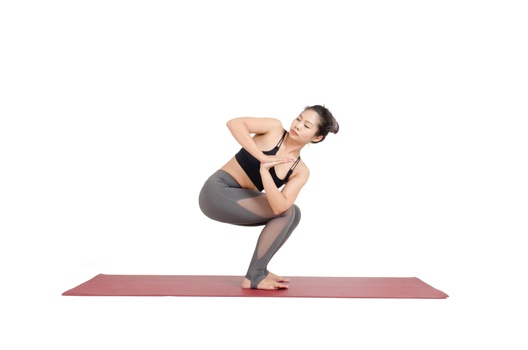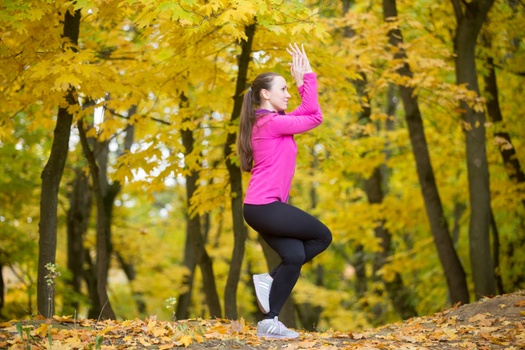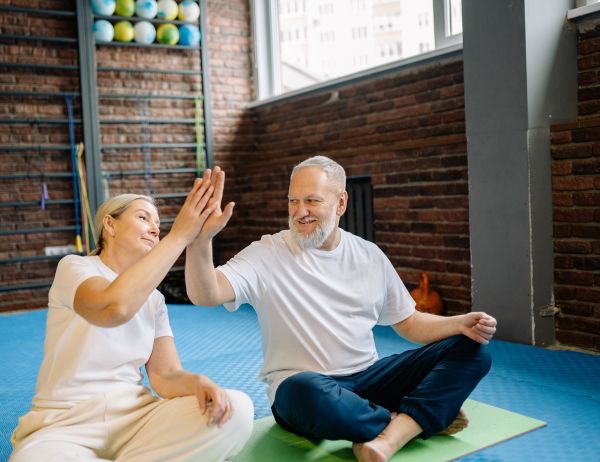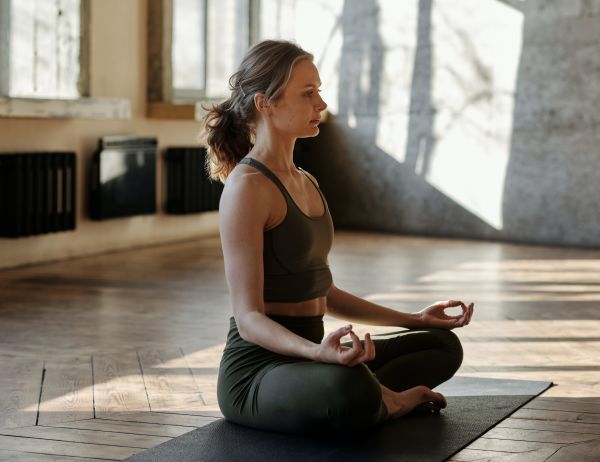Chair pose can be an intimidating yoga pose to master at first. We have divided this whole practice into four different parts below:
Part 1 - Preparatory Poses for Utkatasana
The very first part of any yoga routine is a warm-up session, getting the muscles ready for the primary practice. Here are a few ways to open up the legs, spine, and pelvis:
1. Surya Namaskar (Sun Salutations) - Begin with the sun salutation flow for 10 to 12 rounds, and you will feel an instant activation of the glutes, spine, and upper body.
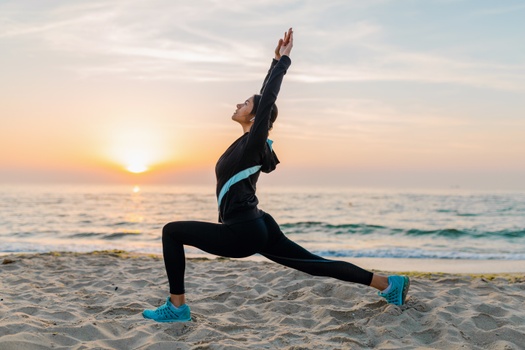
This flow is beneficial before any standing yoga asana because it loosens tight muscles, activates all the body chakras, and increases the flow of Prana in the entire body.
2. Vriksasana (Tree Pose) - Stand on one leg in the shape of a half-lotus and extend your arms overhead for deep activation of spine and leg muscles.
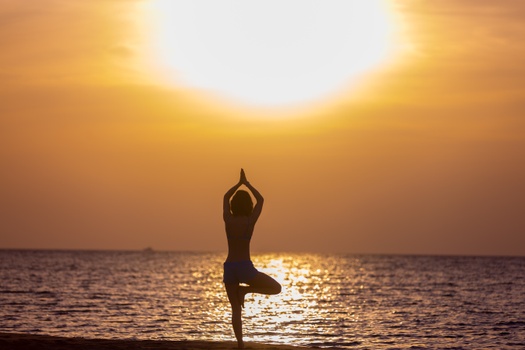
Holding this pose for 2 to 5 minutes with mindfulness and concentration activates the knee joints.
3. Ardha Uttanasana (Standing Half Forward Bend) - Stand straight in the center of your mat and bend forward slowly, ensuring that you compress your core.
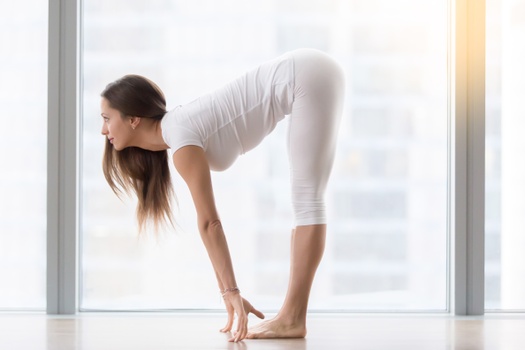
Bend only halfway. Hold the pose until any tension or tightness is released around your upper back, shoulders, and tailbone.
Part 2: Step-by-Step Instructions to Perform Utkatasana
The following are steps to perform Utkatasana or Chair pose:
Step 1- Stand within the center of your yoga mat in Tadasana.
Step 2- Inhale deep and raise your arms over your head slowly with each breath you take.
Step 3- Now, keep your legs close to each other and exhale as you bend your knees.
Step 4- Bend your knees and come into a narrow squat position, as if you are sitting in an imaginary chair.
Step 5- Flex both your arms and lengthen your spine above. Keep your core tight to balance your legs on the ground.
Step 6- Hold this pose for 5 to 10 deep breaths, and then gently release the pose by coming back into the mountain pose.
Breath Awareness:
Inhale when standing in Tadasana.
Exhale as you bend your knees in the chair pose.
Keep breathing consciously while holding the pose.
Exhale as you release the pose, and get back into the Tadasana pose.
Performance Duration for Beginners: Hold the chair pose for 30 to 60 seconds..
Performance Duration for Advanced: Hold the chair pose until your core feels strong.
Part 3: Things to Keep in Mind
Below are some posture-related cues that are important to be mindful of:
Focus on the alignment of your knees: Ensure your knees are not tracking forward more than your feet–this can cause stress in knee joints.
Avoid putting extra pressure on the knee joints: In this pose, it’s best to shift your body weight back onto your heels. If you feel pain while bending your knees, you should avoid practicing the Chair pose any further.
Adjust your upper body alignment: It's important to gaze in the right direction so that your neck, spine, and head are aligned together in one straight line. So, don't look up or down; instead, maintain your gaze down towards the ground.
Part 4: Relaxing Poses After Utkatasana
By practicing the following counter yoga poses after Utkatasana, you can keep the energy flow moving and release any residual muscle strain.
1. Tadasana (Mountain Pose): Once you have successfully attempted the Chair pose and released it, move into the Mountain pose. Simply stand upright with a tall spine and close your eyes here, with a feeling of groundedness in your feet.
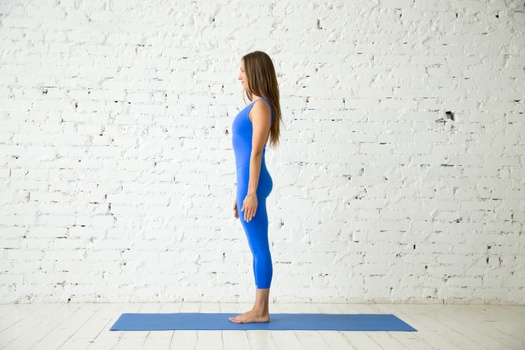
Hold this pose for a few minutes and keep focusing on deep breathing. Once you start to regain balance in your legs, move forward.
2. Uttanasana (Standing Forward Bend): From a tall Mountain pose, inhale and raise both arms over your head. Now, bend your upper body from your tailbone and bend forward so your head is touching your knees.
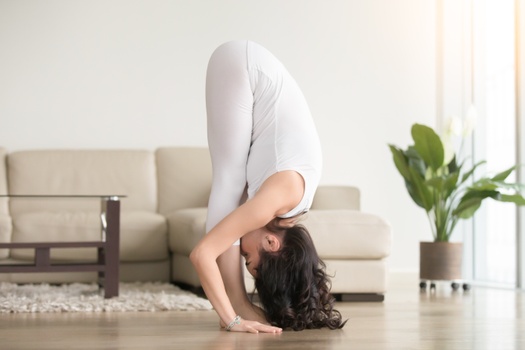
Exhale deeply as you come down. Relax your upper body, spine, and arms in this resting pose. You can also move side to side for more relaxation in the lower back, hamstrings, and glutes.
3. Adho Mukha Svanasana (Downward-Facing Dog): Place your hands on the mat and get into a triangle shape from a forward bend. Place your feet flat on the ground pointing toward your hands.
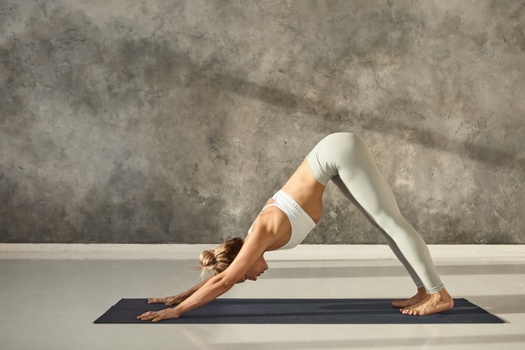
Here you will feel a deeper release of tension from the spine, back, hamstrings, calves, and ankles. Hold this until you feel completely relaxed.
